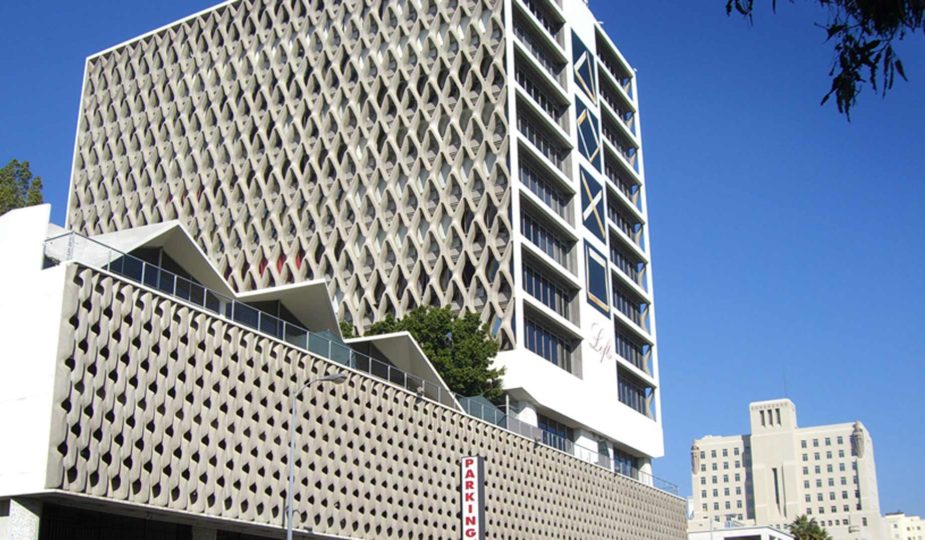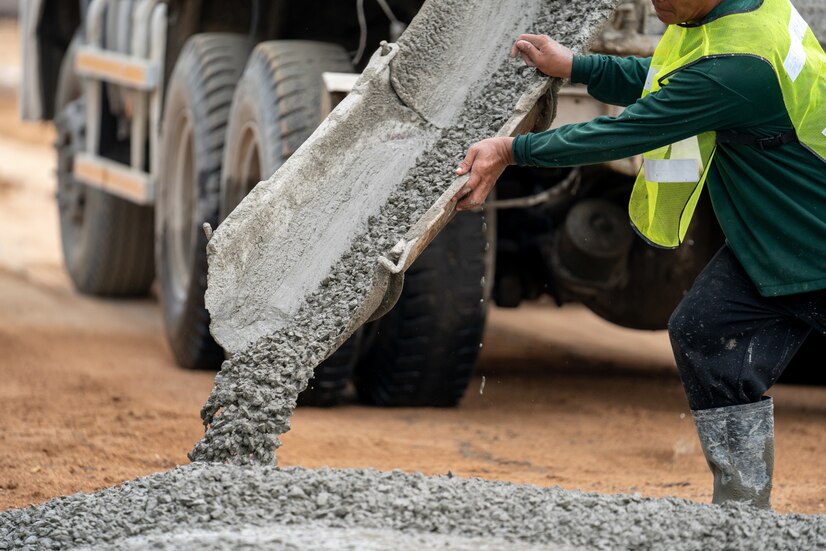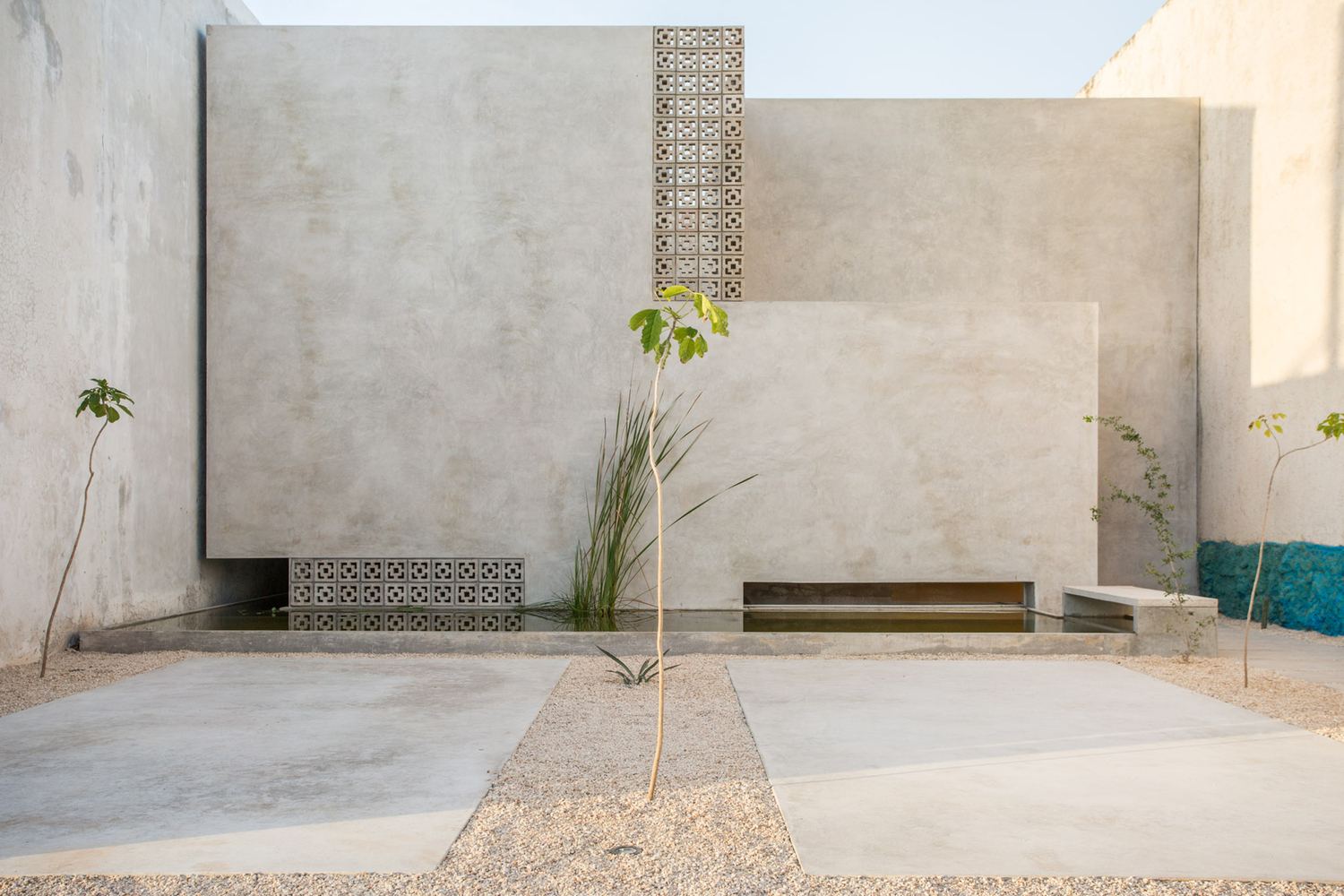
The Many Benefits of Architectural Concrete
For nearly two centuries, concrete has been at the heart of architecture.
Concrete, in its most basic form, is a paste made of Portland cement, water, and rocks of varied sizes. The paste solidifies around fine and coarse particles via a chemical process known as hydration to form the solid rock-like substance known as concrete.
Concrete can be sculpted, textured, and coloured to improve the appearance, functional, and structural needs of a home or structure.
Many architectural concrete developments have resulted from the ability to appreciate concrete as an artistically diverse construction medium. Concrete’s architectural adaptability allows the designer to create structures that would be impossible to create with other construction materials.
If you’re interested in exploring the world of architectural concrete and enhancing your skills, be sure to click for decorative concrete training classes to discover valuable educational opportunities.
Let us now go through some of the advantages of employing architectural concrete.

The Advantages of Using Concrete in Homes
Concrete has several advantages such as low maintenance and durability to only name a few. Concrete homes provide a safe and comfortable shelter while also being environmentally friendly.
What makes concrete so popular is its aesthetic finish to a building structure.
In comparison to other materials, concrete is less expensive and mechanically resistant. It removes the need for coatings or paints to be applied. The design is versatile and comes in a variety of colours.
Architectural concrete can be used for any construction, large or small, including garages, interior and exterior architectural features, facades, driveways, pathways, inner and external architectural features, facades, balconies, roads, bridges, tunnels, and airports.
The Architectural Appearance
What makes a structure visually beautiful is simply the balance of lines and masses and the shapes abstracted from its content. Concrete construction requires considerable care in material selection, forming, placement, and finishing.
Concrete is permanently visible on the surfaces of completed constructions, requiring the contractor to work with accuracy. Architectural concrete surface finishes include exposed aggregate, which can be achieved by abrasive blasting.
Architectural Concrete Concepts
Concrete Countertops
Because concrete is such a flexible material, more and more people understand its usefulness in countertop construction. Countertop shapes are only limited by your imagination and ability to construct the forms.
Decorative Floors and Concrete Flatwork
Concrete floors are becoming more appealing to house and facility owners due to the usage of stains, stamps, dyes, colourful pigments, white cement, textured patterns, intricate saw cuts, epoxy overlay, and other decorative elements.
Light-Transmitting Concrete
Thousands of optical fibre strands are cast into architectural concrete to transmit natural or artificial light into all regions surrounding the resulting translucent panels.
White Self-Consolidating Concrete
Self-consolidating concrete (SCC) has excellent form-filling properties and a high-quality finish. As a result, it is ideally suited to any form of exposed architectural concrete where beauty is vital.

Take Away
As we’ve learned today, concrete is a smart building material with limitless architectural potential since it is durable, adaptable, and energy efficient.
Concrete, as a tough and pliable material, goes well beyond brutalism. The material is resistant to adverse weather conditions, has high thermal mass, and requires little maintenance, making it an enduring cornerstone of modern architecture.









